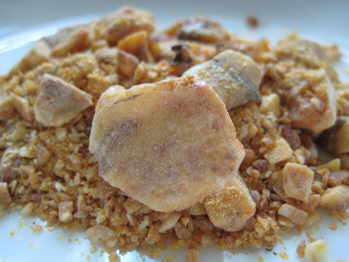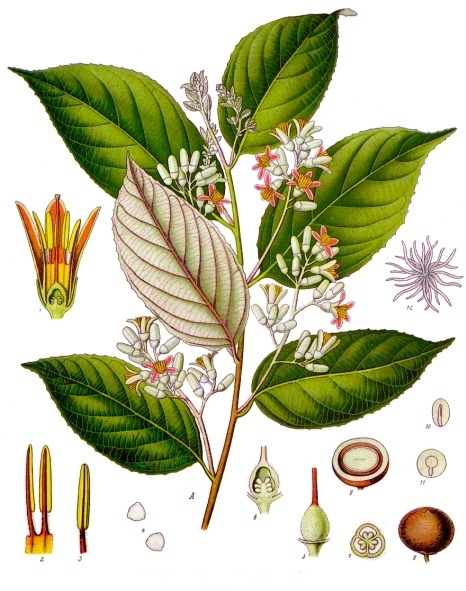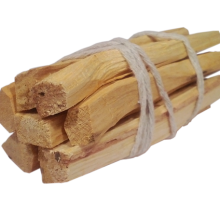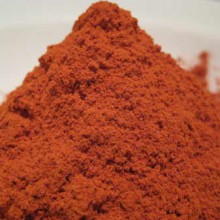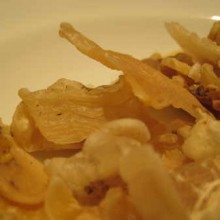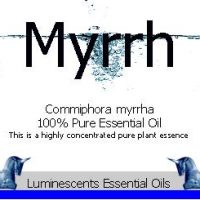Benzoin Siam Gum Lumps are from a tree native to South-East Asia. Its trunk exudes a gum well known for its strong astringent and antiseptic action.
Benzoin Siam Gum lumps, also sometimes called Gum Benjamin, are gelatinous when wet, and form small, hard, water-soluble granules when dried, called crystals. For this reason the gum is used externally to fight tissue inflammation and disinfection of wounds. When taken internally, benzoin gum acts to settle griping pain, to stimulate coughing, and to disinfect the urinary tract.
Benzoin Siam Gum has anti-oxidative properties and is a natural preservative in skin care preparations. This makes it very good for use in creams & ointments and to prevent the oxidisation of essential oils in a blend. Primarily, Benzoin is used for incense it has a sweet-balsamic odour with a distinct vanilla note. Benzoin is also an excellent choice to use as a fixative in perfumes as it holds onto the lighter notes.
Active constituents are Benzaldehyde, benzoic acid, cinnamic acid, styrene, and vanillic acid.
History of Benzoin Siam Gum:-
The resin is formed when when the tree, at least 7 years old, is axed and after a period of time the tree yields the liquid Benzoin. After it has run for a time, the tree is cut down and gutted for the remaining resin.
There are two principal types of Benzoin gum, Benzoin Siam and Benzoin Sumatra
Benzoin Siam (This Product) is obtained from Styrax tonkinensis, found across Thailand, Laos, Cambodia, and Vietnam.
Benzoin Sumatra is obtained from Styrax benzoin, which grows predominantly on the island of Sumatra in Indonesia.
Unlike Siamese Benzoin, Sumatran Benzoin contains cinnamic acid in addition to benzoic acid. In the United States, Sumatra benzoin (Styrax benzoin and Styrax paralleoneurus) is more customarily used in pharmaceutical preparations.
Benzoin Siam (Styrax tonkinensis) is used more frequently in the flavouring and fragrance industries
in Indonesia Benzoin is known as kemenyan. In Indonesian trade statistics, however, benzoin is misleadingly called frankincense, a term usually applied to the resinous exudate from Boswellia spp. of Arabia and Africa. It is possible that this use of the term frankincense derives from benzoin of Indonesian origin that was traded by the Arabs, who regarded it as a form of frankincense, at least 700 years ago.
In Malaysia, benzoin is also called kemenyan or kemayan. Malaysian trade statistics use the term gum benjamin. In Thailand it is known as kamyan or kumyan and in Lao Peoples Democratic Republic it is called kam nhan, nyan or yan.

